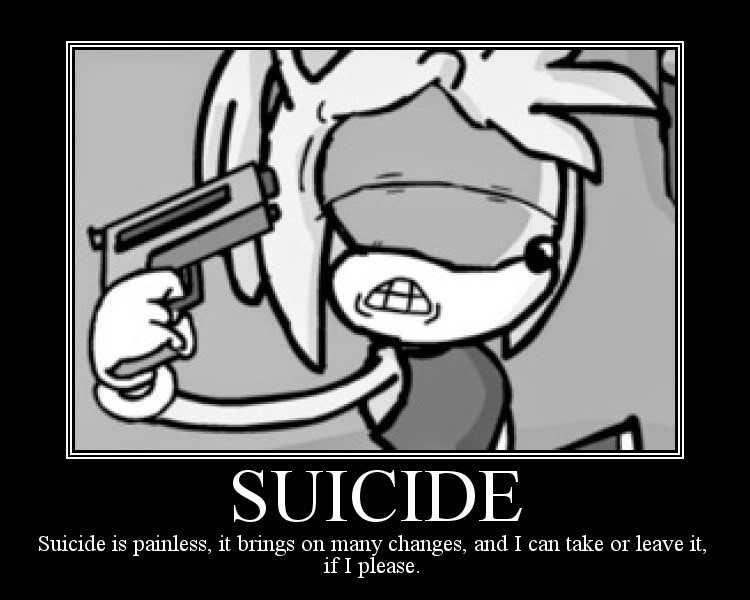In a world where mental health issues are increasingly prevalent, the conversation surrounding suicide has become more critical than ever. Many individuals grappling with depression, anxiety, or other mental health challenges may contemplate ending their lives as a way to escape their pain. However, the notion of "painless suicide methods" often surfaces in these discussions, highlighting a desperate search for relief from unbearable suffering. It is essential to approach this topic with sensitivity and compassion, acknowledging the deep anguish that drives some to consider such drastic measures. While we will explore various aspects of this issue, it is crucial to emphasize that help is available, and there are healthier alternatives to cope with pain.
Understanding the motivations behind suicidal thoughts can provide insight into the complex nature of mental health. Many individuals feel isolated, helpless, or trapped, leading them to believe that suicide is the only option. By discussing painless methods, we can shed light on the darker aspects of this topic while also encouraging open conversations about mental health and the importance of seeking help. Mental health support systems, therapy, and community resources can offer hope and healing. As we navigate this sensitive subject, it is vital to prioritize empathy and understanding for those in crisis and to remind them they are not alone in their struggles.
Ultimately, the goal of discussing painless suicide methods is not to promote them but to foster awareness about the importance of mental health support and resources. The following sections aim to explore the various facets of this topic, including motivations, potential methods, and the importance of seeking help. By engaging in these conversations, we can contribute to a broader understanding of mental health and encourage those in need to reach out for assistance.
What Are the Motivations Behind Considering Painless Suicide Methods?
Many individuals who contemplate suicide do so from a place of deep emotional pain. Some common motivations include:
- Chronic mental health issues
- Experiencing trauma or loss
- Feeling hopeless or trapped
- Struggles with addiction
- Social isolation or stigma
How Do People Define "Painless"?
The concept of "painless" can vary significantly among individuals considering suicide. For some, it may refer to a physical absence of pain during the act, while for others, it might signify an emotional sense of relief. Understanding this subjective definition is crucial, as it reflects the diverse experiences of those in crisis.
Are There Recognized Painless Methods of Suicide?
While various methods have been discussed or documented, it is essential to recognize that none are truly painless, and every method carries risks and potential consequences. Some individuals may refer to methods involving:
- Overdose on medications
- Carbon monoxide poisoning
- Asphyxiation
However, the label "painless" is misleading, as these methods can lead to suffering and may not guarantee the desired outcome.
What Are the Risks of Discussing Painless Suicide Methods?
Engaging in conversations about painless suicide methods can pose several risks, including:
- Triggering individuals who may be vulnerable
- Normalizing the act of suicide
- Potentially leading to imitative behavior
For these reasons, it is crucial to approach this topic with care and prioritize mental health support.
Biography of a Mental Health Advocate: A Case Study
To better understand the complexities of mental health and the importance of seeking help, we can look at the life of a mental health advocate who has openly discussed their struggles with suicidal thoughts.
| Name | Jane Doe |
|---|---|
| Date of Birth | March 15, 1985 |
| Profession | Mental Health Advocate |
| Years Active | 2010 - Present |
| Key Achievements | Founded a support group for individuals struggling with mental health issues |
What Can We Learn from Mental Health Advocates?
Mental health advocates like Jane Doe emphasize the importance of sharing their stories to help others feel less alone. They provide valuable insights into:
- The significance of open dialogue about mental health
- The power of community support
- Encouraging individuals to seek professional help
How Can We Support Those in Crisis?
Supporting individuals who may be considering painless suicide methods requires compassion and understanding. Here are some ways to provide support:
- Encourage open conversations about mental health
- Listen without judgment
- Provide resources for professional help
- Be present and check in regularly
What Resources Are Available for Individuals in Crisis?
Numerous resources are available for those struggling with suicidal thoughts, including:
- Hotlines (e.g., National Suicide Prevention Lifeline)
- Local mental health services and clinics
- Support groups and community organizations
- Therapists and counselors
Why Is It Important to Seek Help?
Seeking help is vital for individuals experiencing suicidal thoughts or feelings. Professional support can offer:
- Guidance in coping with emotional pain
- Strategies for managing mental health issues
- A safe space to discuss feelings and experiences
- Hope for a brighter future
In conclusion, while the topic of painless suicide methods can evoke strong emotions and discussions, it is paramount to approach it with empathy and understanding. By fostering conversations around mental health and encouraging individuals to seek help, we can work towards creating a supportive environment for those in need. Remember, there is always hope, and support is available for anyone struggling with their mental health.
You Might Also Like
Unraveling The Mystery Of Thomas Sullivan RoadkillUnveiling The Life And Legacy Of Sonia Schultz Greenbaum
Tulsi Gabbard: A Glimpse Into Her Age And Height
Unveiling The Life And Legacy Of Susan Rook
Richard Chamberlain: A Timeless Icon Of Film And Television
Article Recommendations


